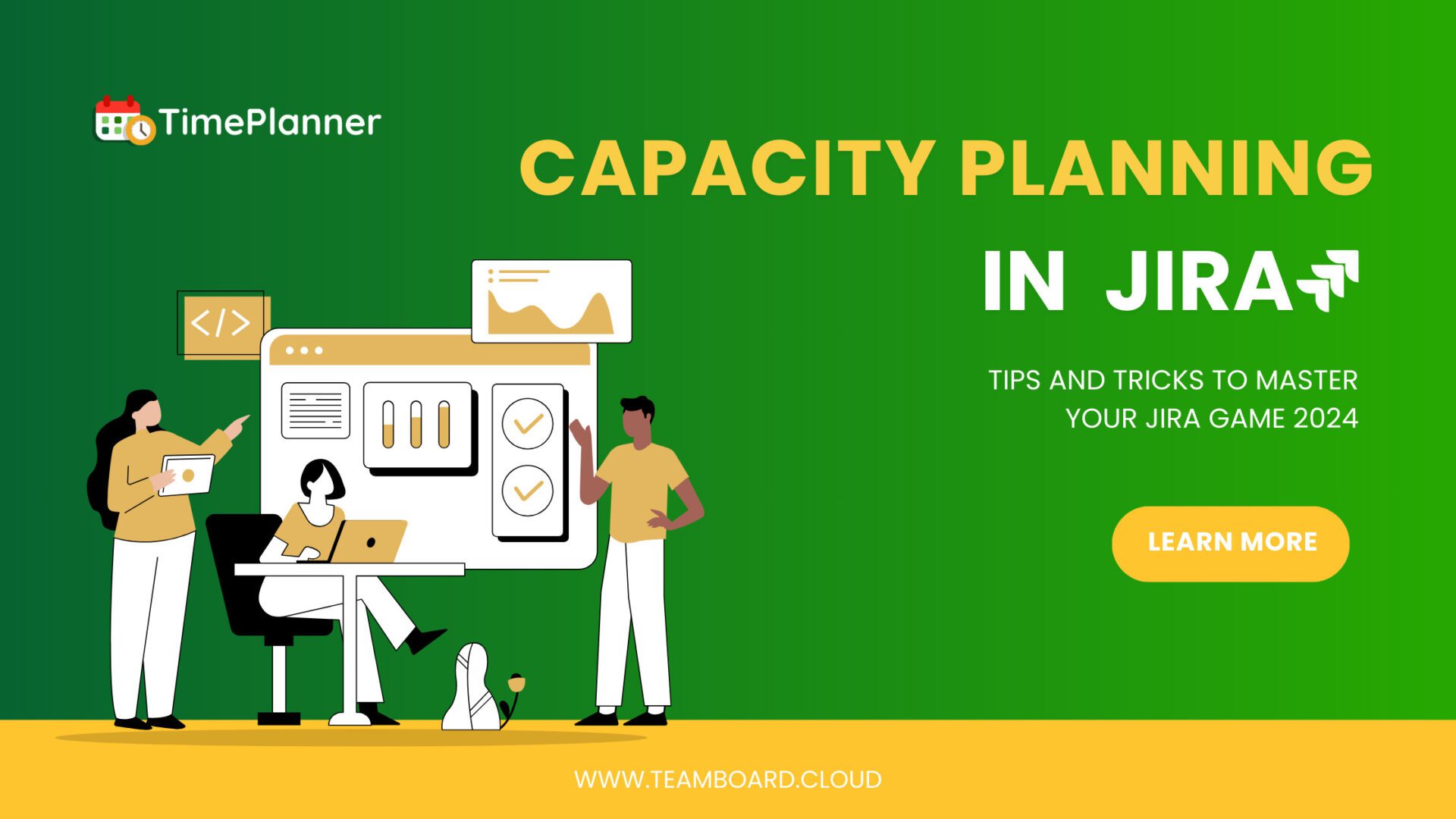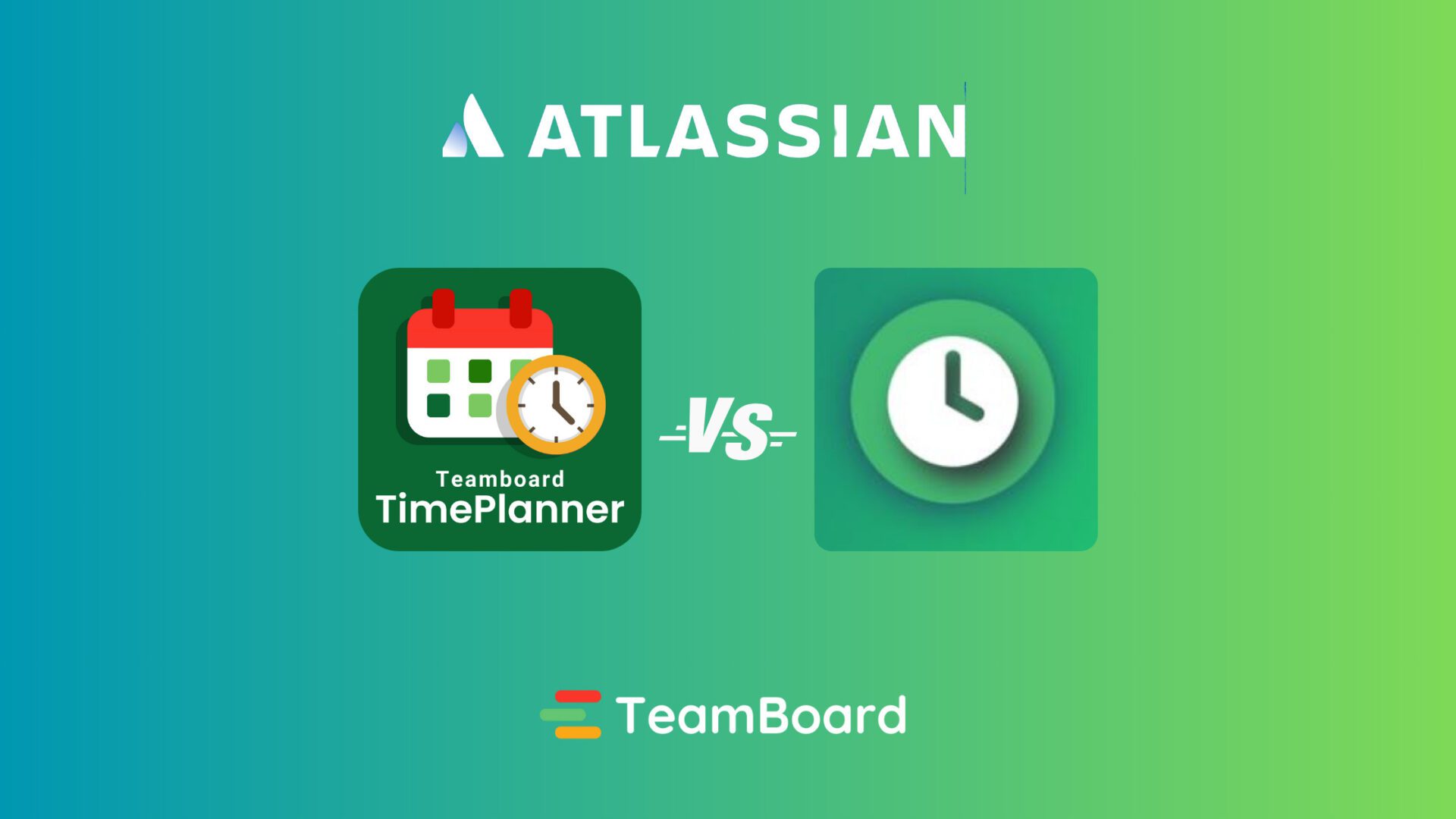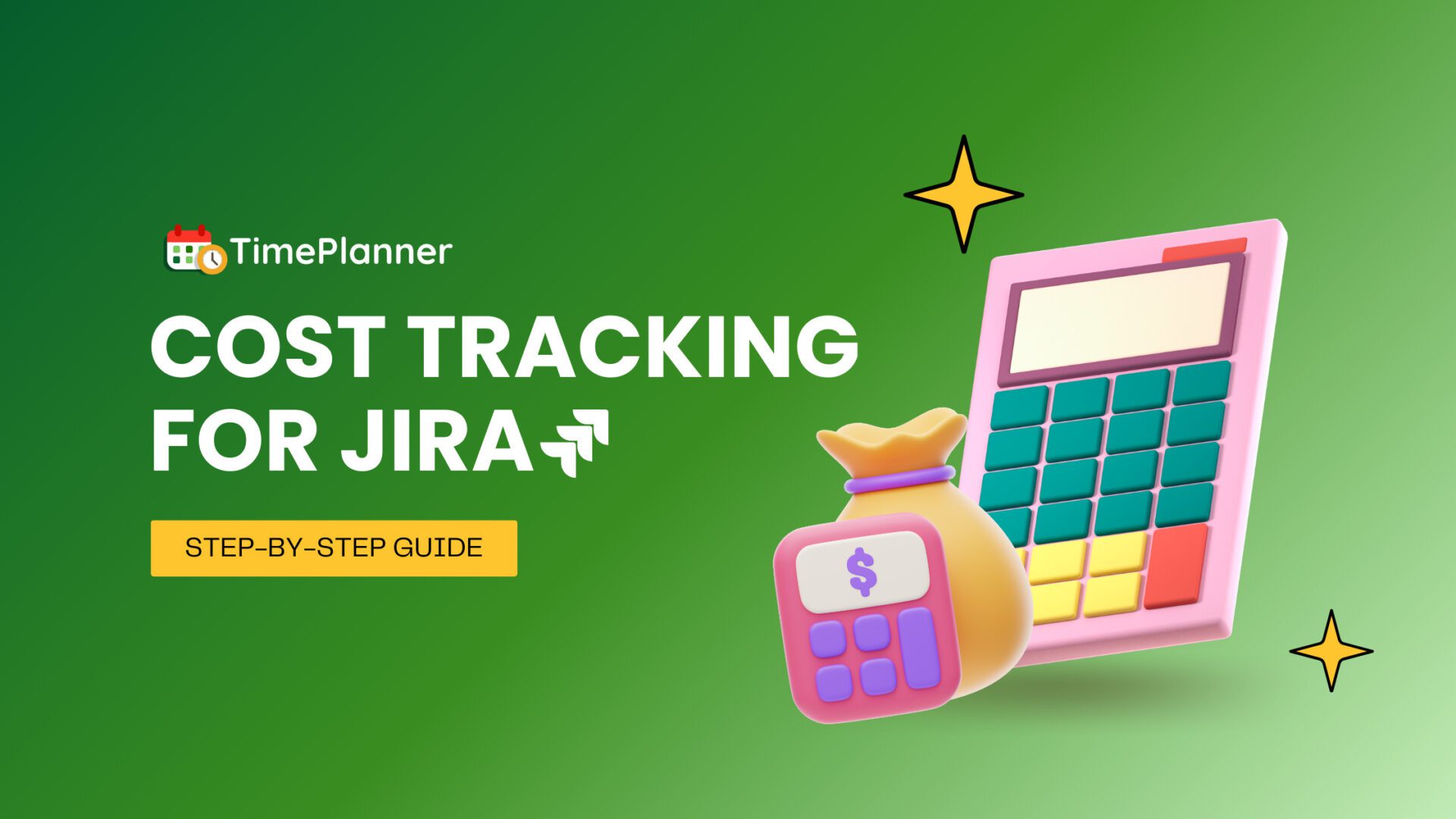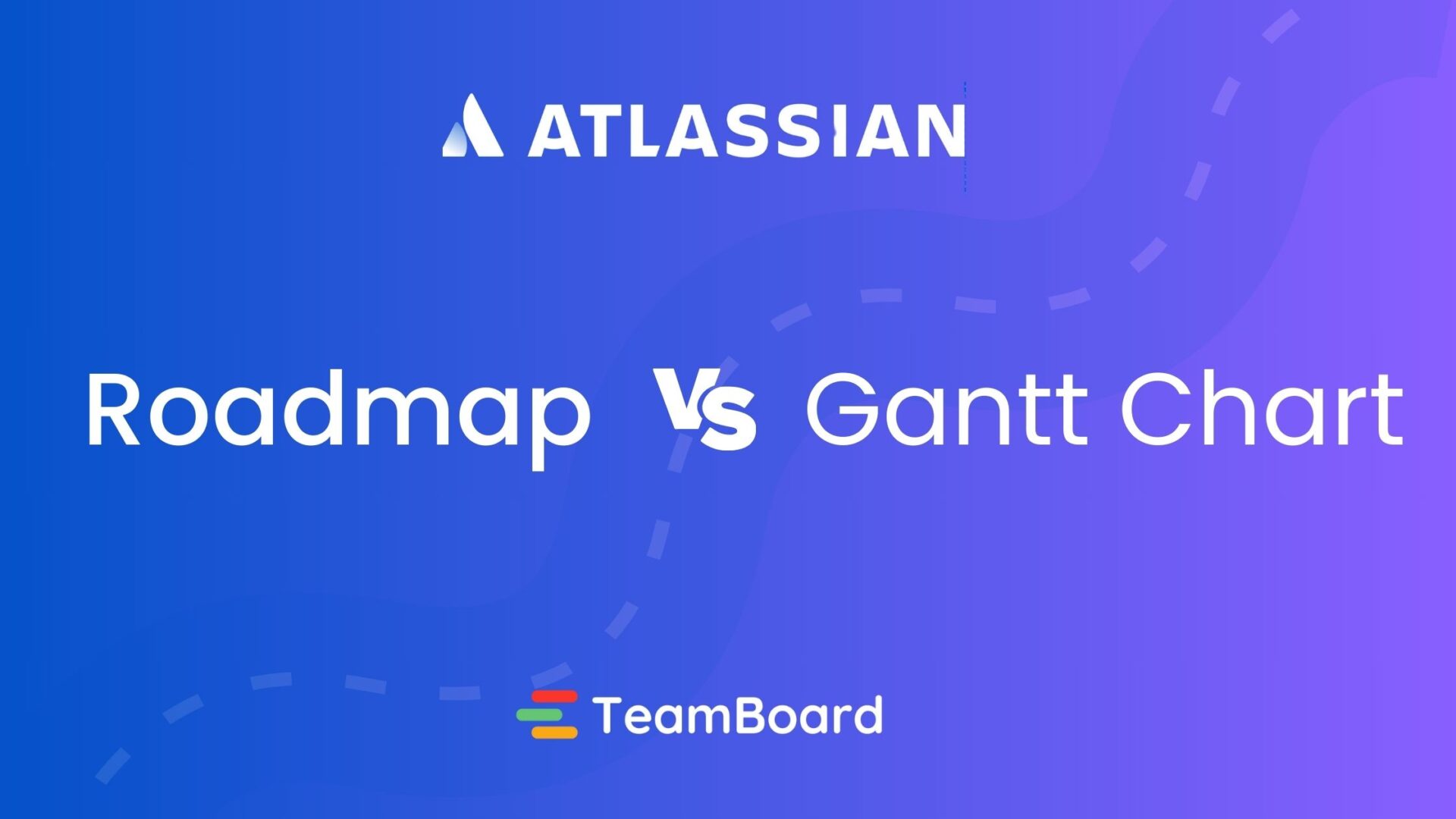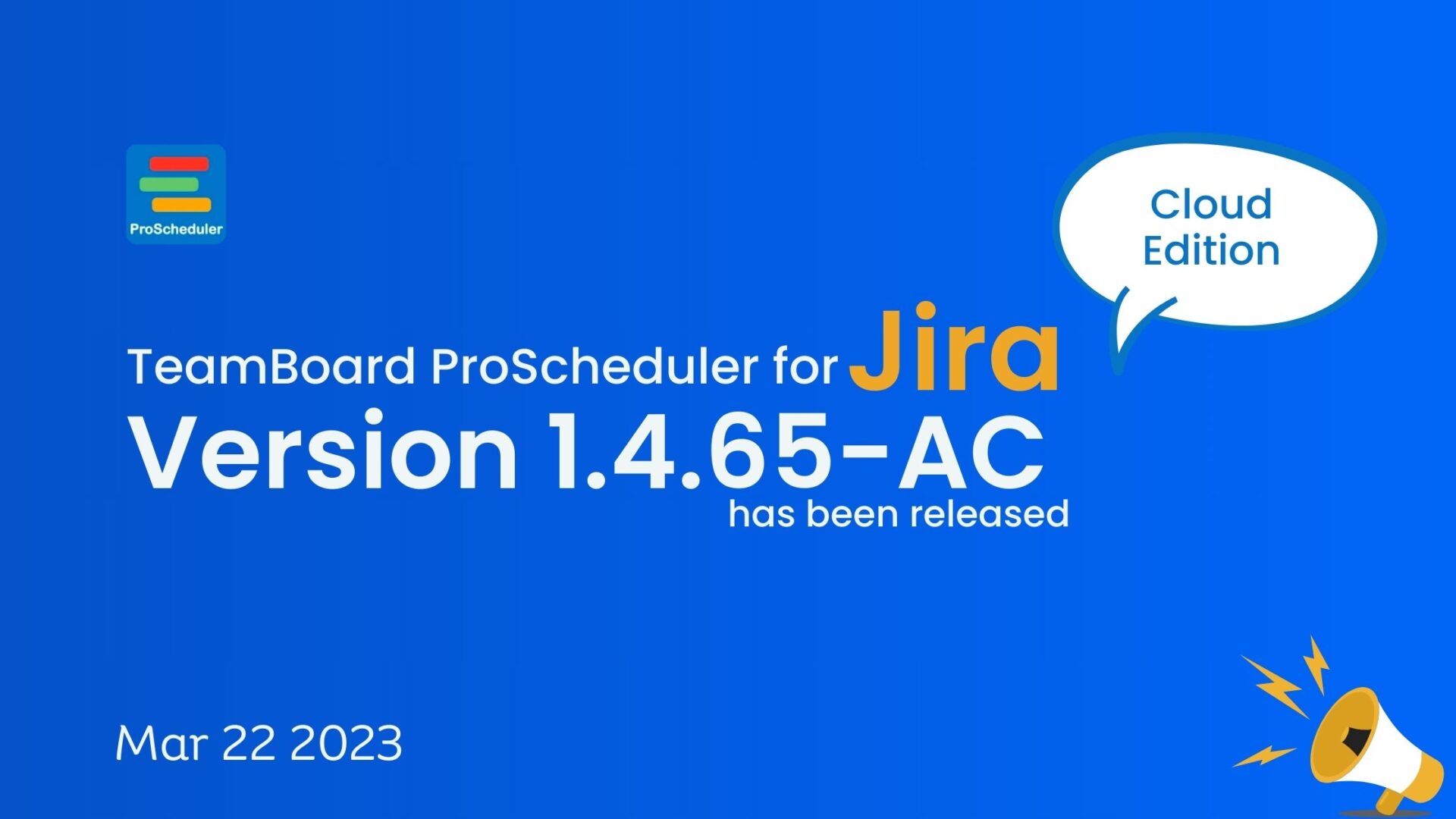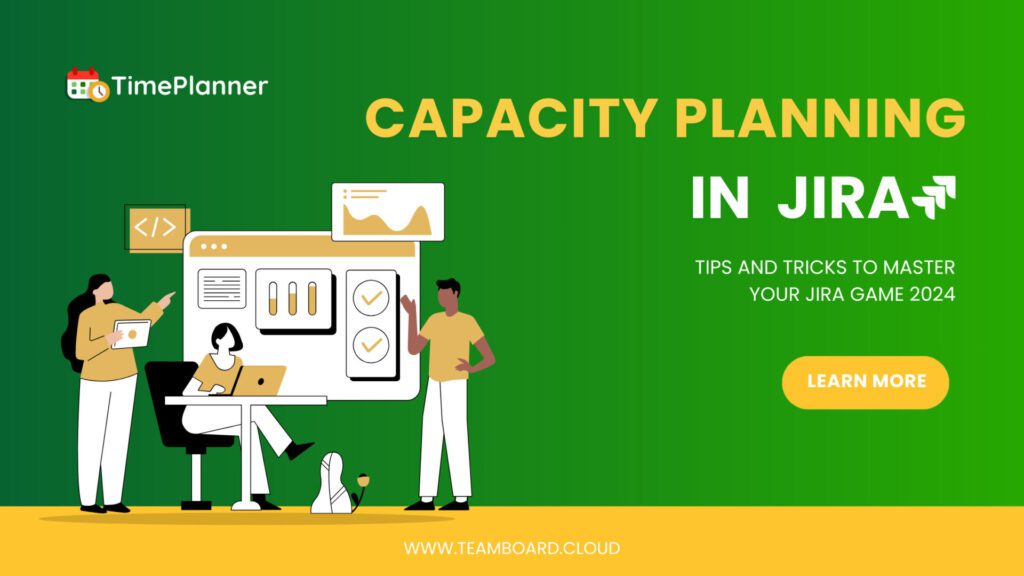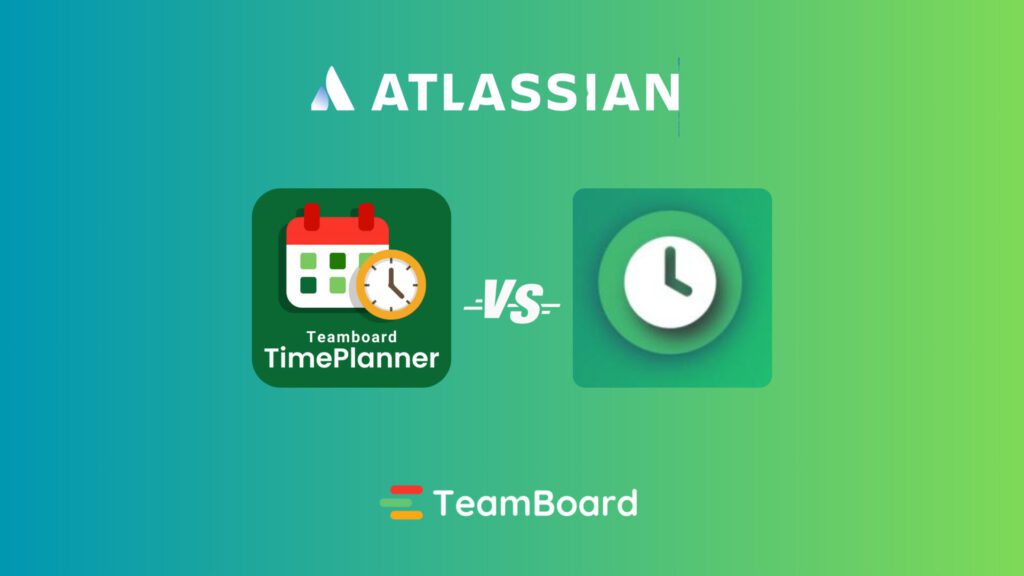Table of Contents
Resource Capacity Planning | Templates, Examples, Formula
The business world has become highly competitive, and now market demand is more volatile than ever. Resultantly, the prices of resources are rising, which is the most budget-demanding element of any organizational project. However, it is essential to utilize resources such as raw materials or equipment in a balanced and efficient manner.
That’s where the technique of resource capacity planning benefits you! According to a study, mature companies are 4 times more likely to always consider capacity. With proper resource capacity planning, you can identify the cost, availability, and demand of resources easily.
Let’s delve into the resource capacity meaning and examples to determine how it can benefit your business.

What is Resource Capacity Planning?
Typically, resource capacity planning involves the determination of the quantity of inventory and work that a company’s resources can handle. This identification helps project managers and team members to plan the project and its duties. They can perform a task so that their responsibilities perfectly align with the available resources. In addition, it helps you to forecast the gap between total resource capacity and the shortfall or excess of resources.
You can quickly do capacity planning using any available resource capacity planning template. For instance, consider a company having only a few days of resources left and there are many projects in the pipeline. They will then use the resource capacity planning technique to allocate resources, so each project needs appropriate resources to ensure the flow of work. In addition, it will ease the company’s decision-making regarding the planning of newer projects.
Here are some of the resources that companies may utilize during resource capacity planning:
Finances
In this, a company’s financial resources are determined to know about its overall financial health. If the company isn’t generating enough profit, resource capacity planning will involve planning a budget to increase revenue.
Assets
Assets include tangible goods like furniture or technology and intangible assets like intellectual property. Businesses can utilize resource capacity planning to measure the total amount of assets they have. It also helps them in determining which needs resource allocation.
Staff
Businesses may measure the total number of staff members to know the availability of people who can coordinate on a specific project. For instance, if a company has a lesser staff, they can either outsource some portions or projects or rearrange their available staff to ensure the flow of work.
Like, if a company has two construction projects in the pipeline and they have reached the plumbing works. Now, instead of starting electrical work on both sites in a single go, they can shuffle the timing of mechanical plumbing and electrical works. This is an easier yet more effective way of managing lesser staff over multiple projects, all thanks to effective resource capacity planning.
Resource Capacity Planning Formula
You can use the following formula to perform capacity planning:
- Multiply the number of weekdays in a specific duration or period by eight to find out the total number of work hours of that period.
- Subtract the time you have allocated for team collaboration or meetings to determine the net work hours.
- Calculate and combine the capacity of individual resources to know about the total hours of your team’s capacity.
Benefits of Resource Capacity Planning
Around 76% of high-maturity companies perform capacity planning in project management. Listed below are a few advantages you may experience while implementing it:
-
Assists in Excess Resources Determination
With its help, you can quickly identify the excess resources that your company can utilize for further projects. These additional resources play a vital role in fulfilling a higher number of projects.
For instance, resource capacity planning may give staff members a chance to recognize they have additional employees available. So, they can place these employees on existing projects or assign them some new projects.
-
Lessen the Risk of Burnout
With the help of this planning, businesses can assign workloads evenly based on the resources available. But, when the task assigned is according to sales quotas only, employees usually get overburdened. Resource-based task allocation helps employees maintain a better work-life balance. Resultantly, you will witness a boost in the productivity of your team.
-
Informs About Potential Issues
Another benefit of determining resource capacity in project management is that it gives you an insight into the issues with resources. Doing so saves staff from running out of crucial inventory or raw materials during the project.
For instance, if you perform the resource capacity before starting the project, you’ll identify if there’s a shortage of resources. Proper steps are then taken to ensure a handful of resources are available to meet a project’s demand.
Role of Resource Capacity Planning in Project Management
It is vital for effective project management. Here are a few of the privileges you can get by implementing proper capacity planning:
- Helps you get rid of under or over-skilled project resources.
- Avoids hiring at the last minute.
- Gives a chance to use high-quality and cost-effective resources.
- Prevents double booking of resources.
Important Steps Involved in Resource Capacity Planning
It varies with the structure of every company. However, there are some basic steps or components that stay the same, such as;
-
Data Collection
First, the project manager collects data about the resources of the organization. For this purpose, they contact the staff of different departments to know their availability and the number of other resources. They also contact the financial department to gather information about the business financial statements.
-
Analyzing
Once the data is collected, the project manager analyzes it to find out the resource needs and the project’s feasibility. This assists them in creating a plan that works according to the available resources. Moreover, project managers can also manage the resources if there’s any fluctuation.
-
Data Reviewing
Another critical component of resource capacity is data reviewing, and it’s also the responsibility of a project manager. They check the data and ensure there are no issues with the available resources. In addition, reviewing data also helps them identify issues beforehand to take timely action.
Conclusion
Resource capacity planning is essential for project management to ensure you don’t run out of resources during a project. It also helps you determine the additional resources so you can perform a high number of projects. However, keeping track of resources manually isn’t easy and may not be accurate. So, the best way to do it is through ProSchedular Teamboard!
This tool efficiently helps you in resource management, capacity planning, and utilization. Additionally, you can also enjoy features like risk management, time tracking, project management, regular reports, etc. Get the free demo to streamline the whole resource capacity planning process!





